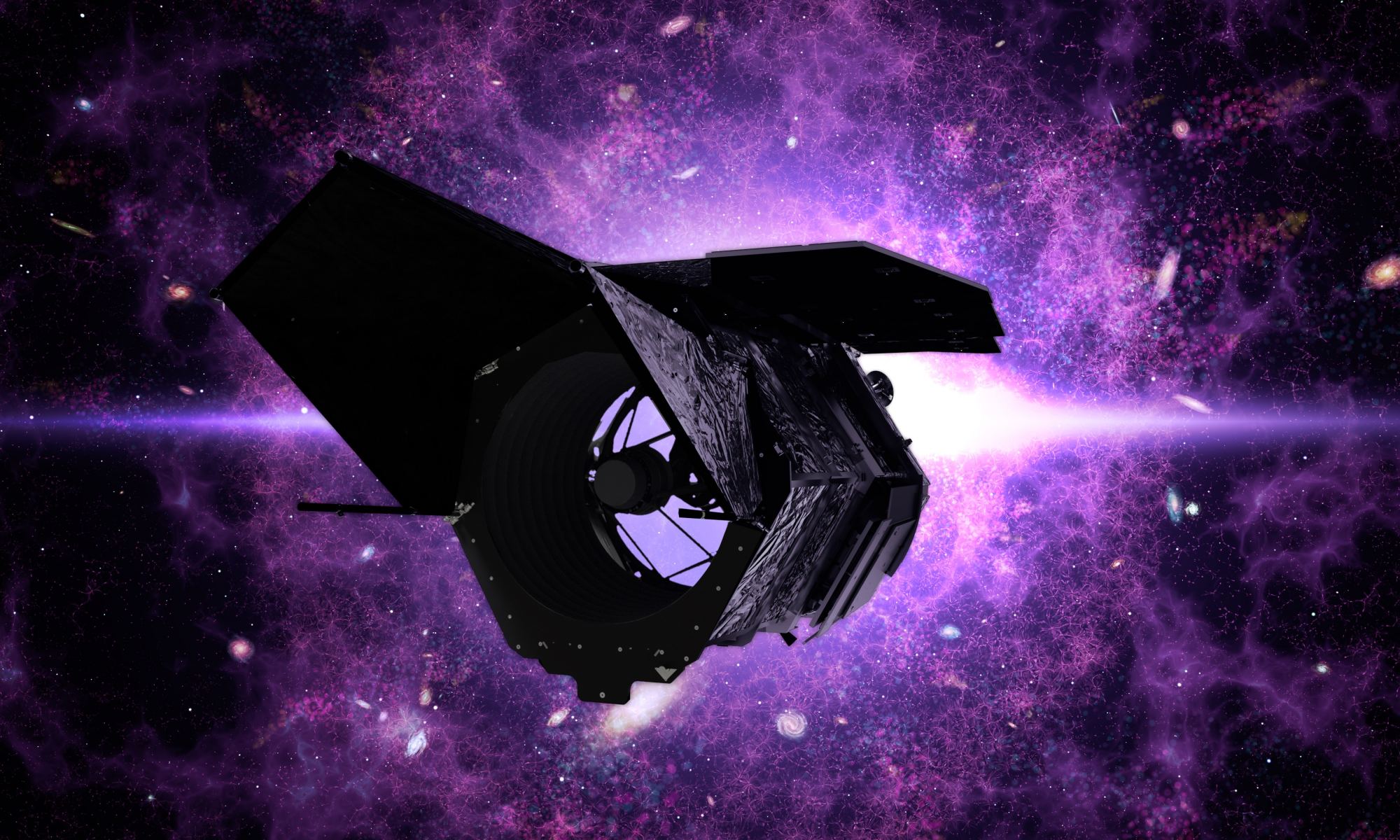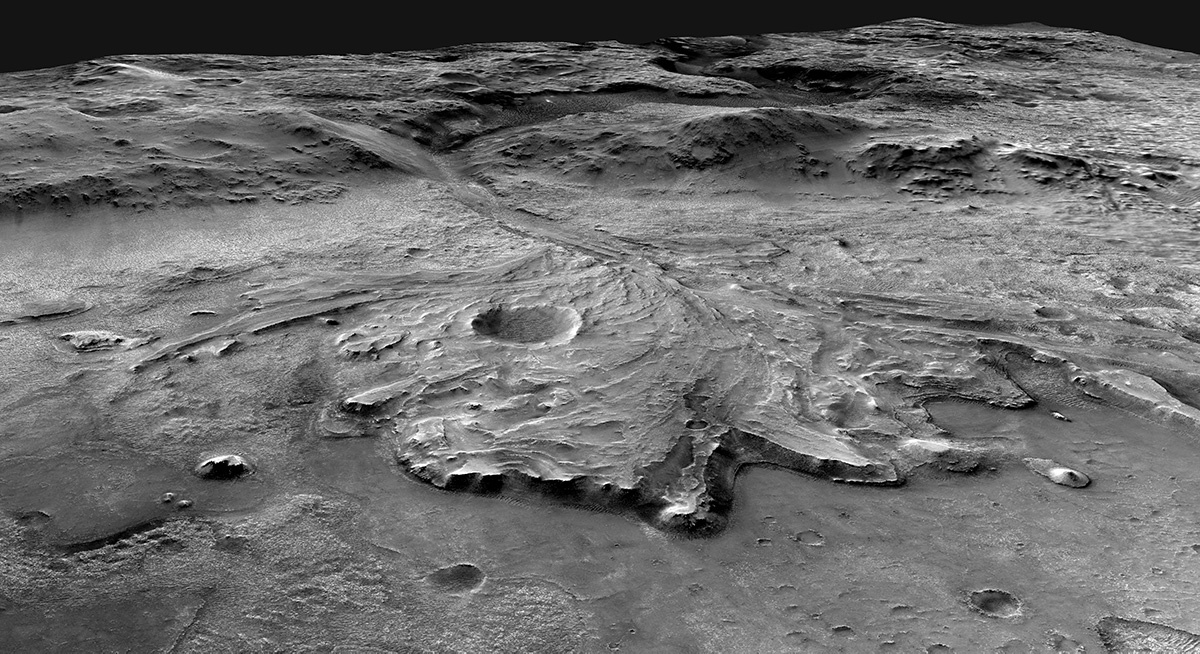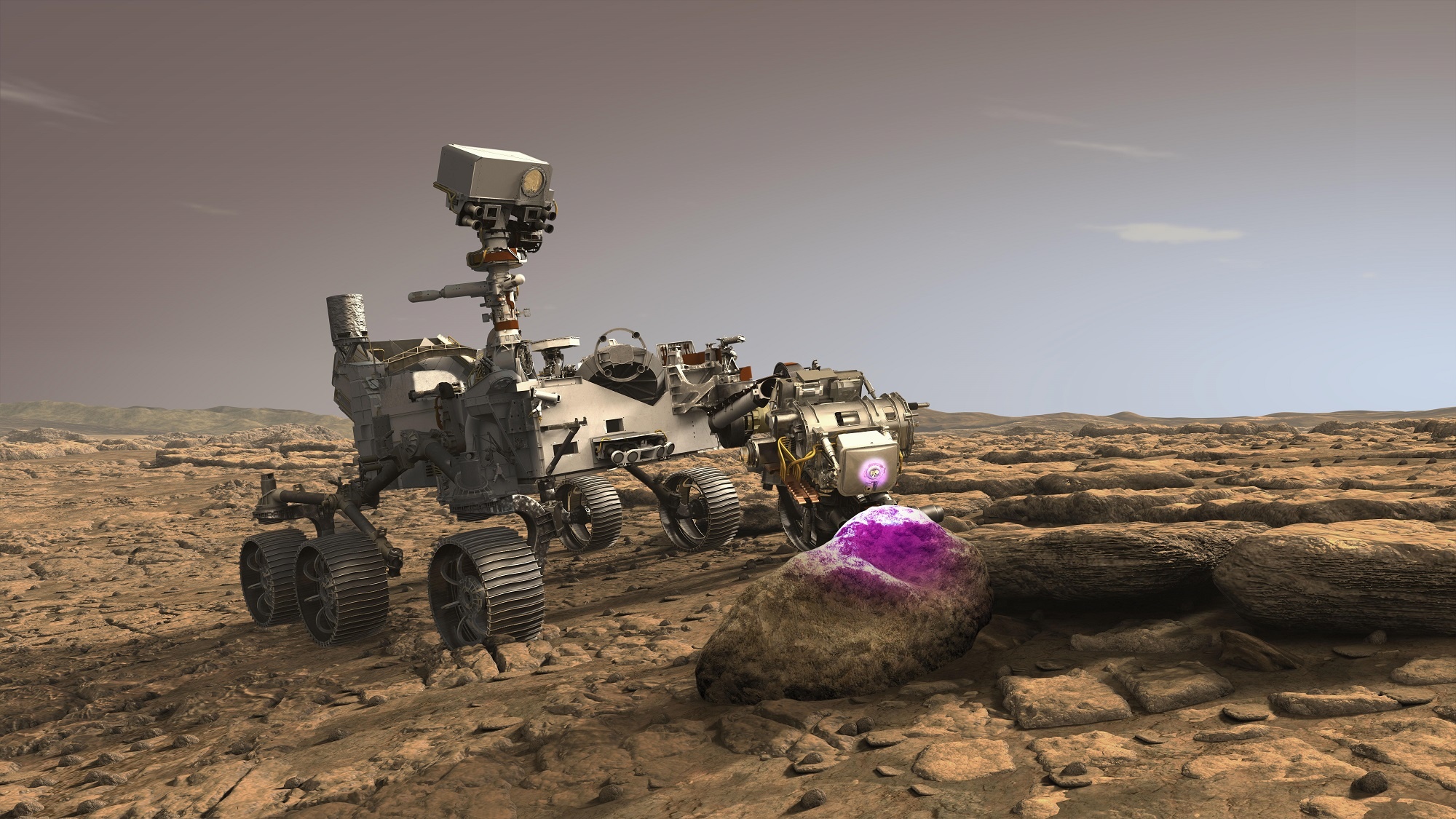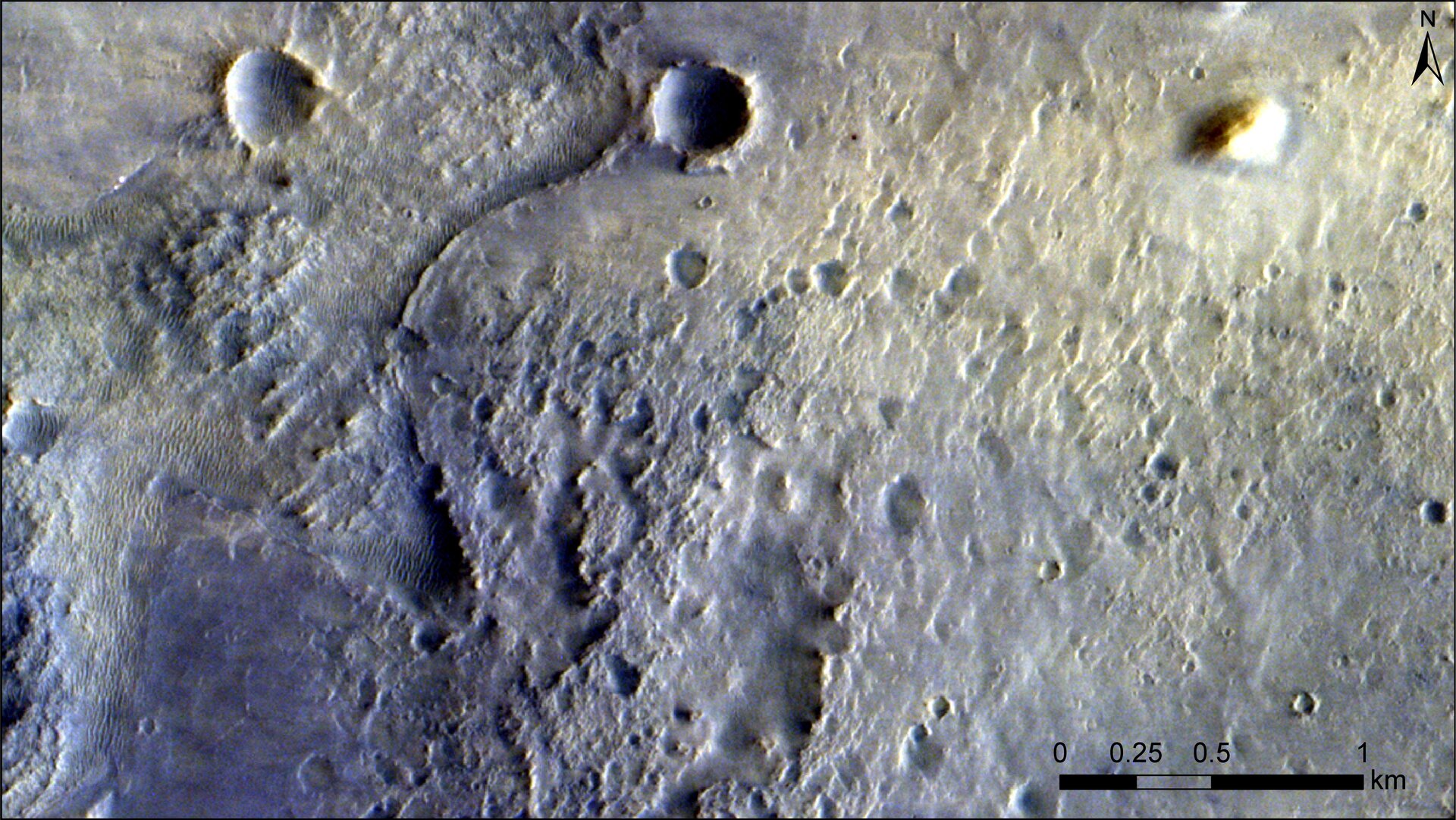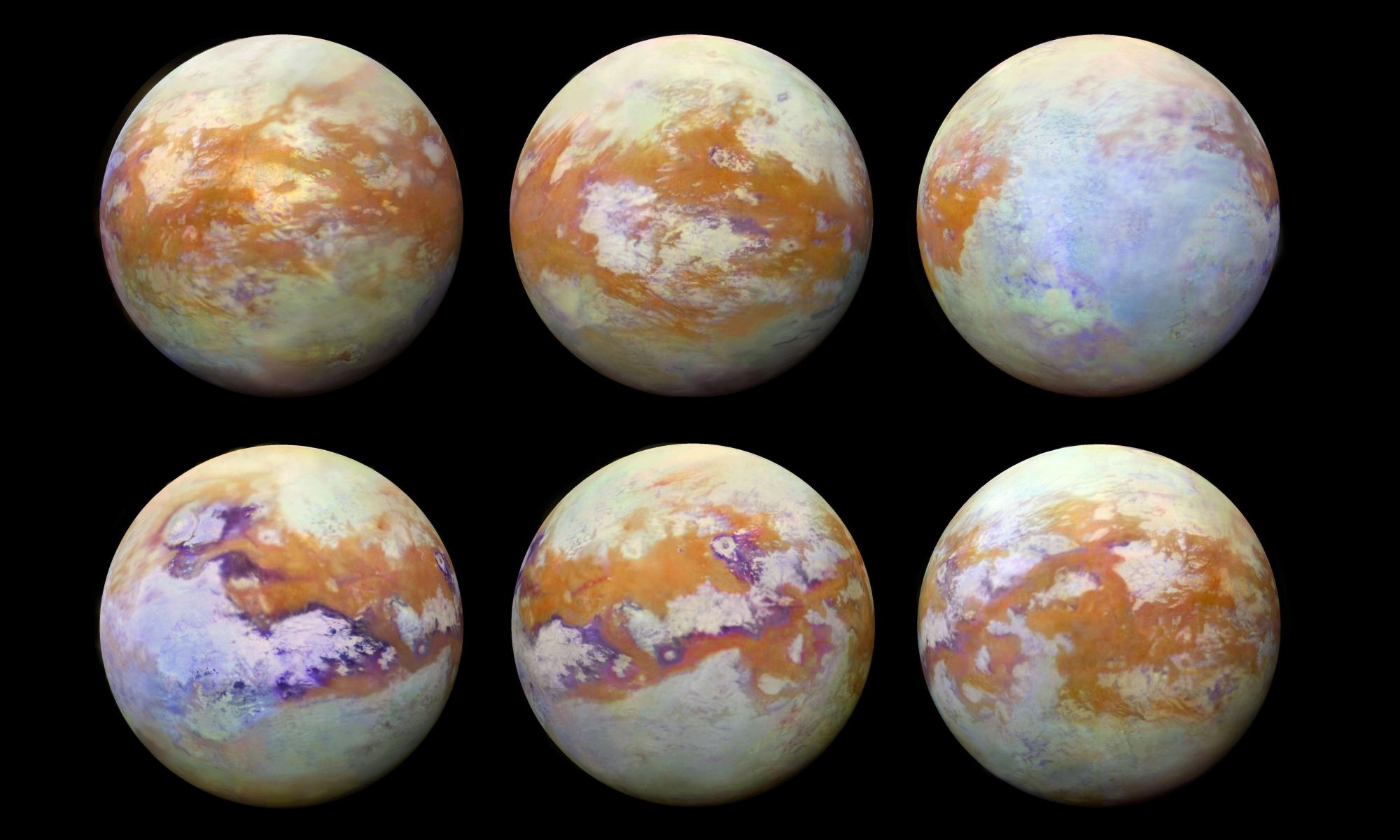In the past two and a half decades, astronomers have confirmed the existence of thousands of exoplanets. In recent years, thanks to improvements in instrumentation and methodology, the process has slowly been shifting from the process of discovery to that of characterization. In particular, astronomers are hoping to obtain spectra from exoplanet atmospheres that would indicate their chemical composition.
This is no easy task since direct imaging is very difficult, and the only other method is to conduct observations during transits. However, astronomers of the CARMENES consortium recently reported the discovery of a hot rocky super-Earth orbiting the nearby red dwarf star. While being extremely hot, this planet has retained part of its original atmosphere, which makes it uniquely suited for observations using next-generation telescopes.
Continue reading “Gliese 486b is a Hellish World With Temperatures Above 700 Kelvin”


